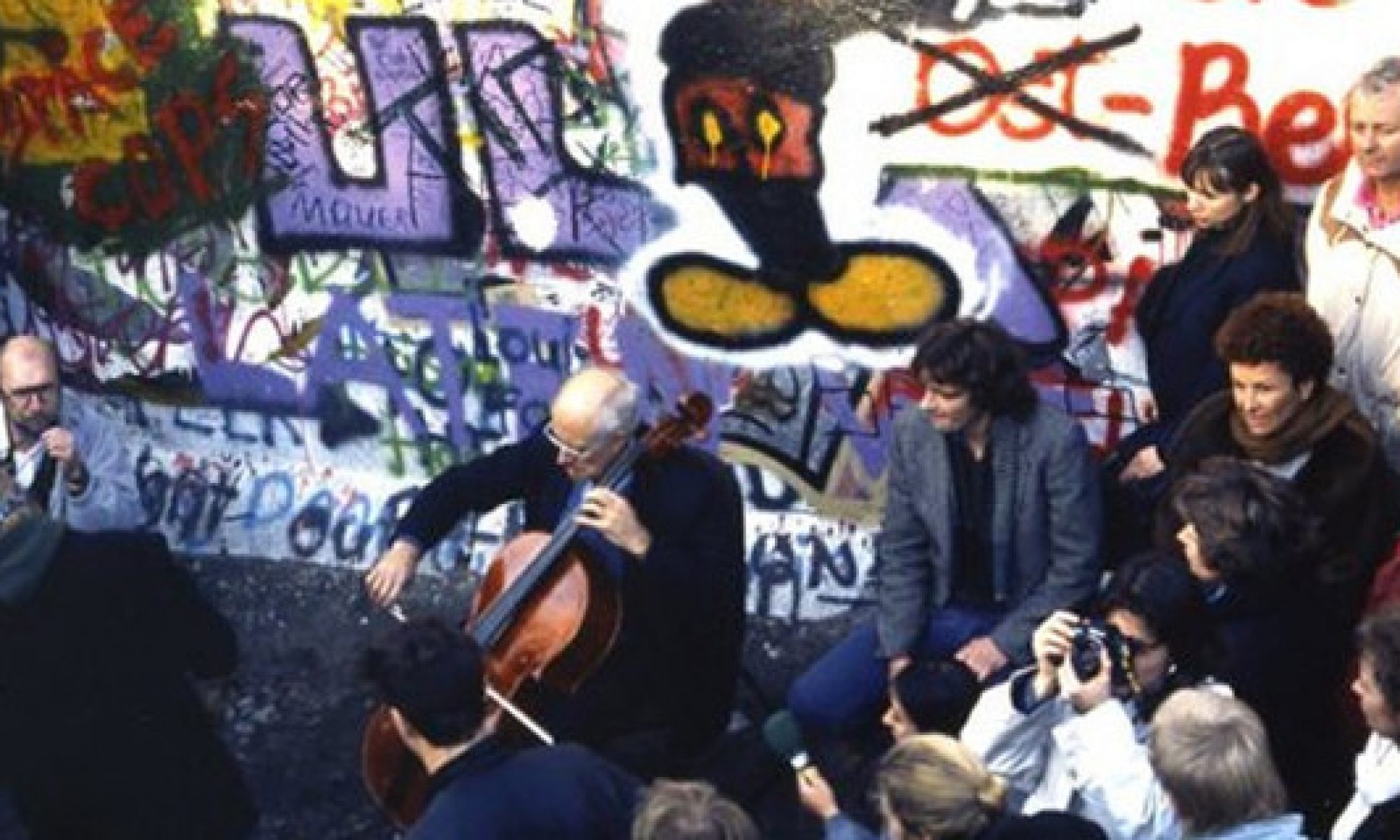Great civil unrest was a reality in France in May 1968. The protests began as student protests against capitalism and consumerism. In search for revolution alternative forms of government were considered, which included Trotskyism and Maoism. During the turmoil, musicians used rock music, a new genre which broke genre boundaries and sparked intense debates, to express their frustrations and to motivate the masses to push for social change. Johnny Hallyday introduced this genre to France with his singles released in the early 1960’s. Rock was heavily criticized for its “ability to promote violence,” which was seen in November 1961 at the Troisiéme festival de rock, where a riot broke out. The genre enjoyed widespread success, “Rock music both reflected, and participated in, the search for the revolutionary subject around 1968; but it also reflected the diversity of aims and means with which this search was conducted” (Brown, 89). Revolution songs (chanson révolutionnaire) were written with the purpose of giving the masses a voice and identity. New groups with extreme left (Gauche prolétarienne) ideologies formed, which intensified the wants for revolution. Dominique Grange is one such influential rock musician who belonged to such groups. Also, rock musician Léo Ferré was in his 50’s when his forward-thinking and boundary-breaking work Lété 68 (Summer 68) gained great success. West Germany also was experiencing civil unrest and protests. Anti-authoritarianism was at the core of the West German protests and rock music mirrored these conflicts. Class, culture, and the questioning of existing institutions were three facets by which rock flourished during 1968 West Germany. Leftist ideas were gaining ground in Germany. The SDS “Socialist German Students League” ran from 1965-1968. After 1968, two groups became the figureheads for the leftist anti-authoritarian search: the K-Gruppen and Basisgruppen. Bands such as Ton Steine Scherben flourished in the 1970’s. They wore colorful masks and costumes and encouraged the audience to come on stage and participate. Their goal was to “liberate the consciousness of young workers and apprentices in order to facilitate their political action” (Brown, 77). Their flagship single was “Rita and Paul,” and the group saw great success after seizing the George von Rauch Haus (previously Martha-Maria Haus, the name was changed after von Rauch was killed). The house was a haven for revolutionaries and also cast light on the issues of urban space in Berlin, which can still be seen today.
- Do you think the complex feelings and ideas of the French and West German people would have been effectively communicated without rock music? Why or why not?
- Do you think rock music was at the core of the revolution’s ability to attract people to the cause?
- Do you believe that changes in social relations affected/reflected changes in musical genres?
- In what ways was the social atmosphere reflected in music?
- In what ways was rock music able to better reflect the feelings of the masses than yéyé? Or, do you refute this claim?
- How effective was Ton Steine Scherben in relating with the protesting masses? Do you think their engagement with the audience helped this?
- Why do you think a push for anti-authoritarianism came so long after WW2?
- In what ways was rock music, and the breaking down of conventional musical genres in general, counterproductive to their cause? Or, do you believe it was not counterproductive at all?


1. I think that the complex feelings of French and West German people needed an outlet different than previous musical genres utilized by these people. Due to the western influence, particularly in West Germany, rock music happened to be the best fit. It allowed the people to express emotion while also conveying a strongly political message in a form of music that could be consumed and performed to the masses, which is something that previous styles of music could not do. Given the call for change present in many of the songs listened to, rock music allowed artists to accurately portray their sense of desperation and produce a sort of call to action.
I very much agree with your argument. I believe the abrasiveness and accessibility of the music provided a great pathway for young and angry minds. The music provided a venue and identity for like-minded individuals. Previous genres (such as the grand orchestras of Shostakovich) were used to address a political agenda, as we have seen with socialist realism. However, rock music very much did the same, but this time it was created by the people for the people.
I believe that rock music is the core of the revolution ability to attract people. These people wanted a change, they felt like they could do that through rock music. The Rolling Stones have a song called Satidfactions, that literally talks about how they are not satisfied. In the begging of the song it says, “I can’t get no satisfaction, I can’t get no satisfaction,” and then a few lines later says, “When I’m drivin’ in my car, and the man come on the radio
He’s tellin’ me more and more about some useless information
Supposed to fire my imagination.” These song lyrics identify that people are tired of others making them feel and think certain ways. These types of songs ignites the fire in someone. It makes them open there eyes and realize they want to make a change.
Posing for Syd: In response to question seven, I have a theory (which may be speculation) on why anti-authoritarianism rose about twenty years after WWII in West Germany. We talked about how we, as American Historians, interact with the process of denazification. We said that we like to but hard end dates on the period, classify people as Nazi’s or not, and then try to move on because it is so horrific; well, I think that plays a large part in the delayed response to anti-authoritarianism in West Germany. As we know, the Allies sort of carve up Germany after the war, and West and East Germany then develop very differently. We see in West German more of an alignment with US/British trends because of who occupied the area immediately following the war; whereas, that is not the case in East Germany.
I hypothesis that there is not immediate hardline stances taken against anti-authoritarianism because it takes a generation removed from the Nazi Regime to feel comfortable talking about good/bad leadership. Like I said on Tuesday, these young adults we are studying at the moment are during/post World War II babies. They are being raised with WWII lingering in the collective psyche, but they do not necessarily remember the war years. Moreover, I think the whole Berlin situation really compounds with natural rebellion of teen-hood to make someone want to take a stand. Moreover, the interest is now about economic control, and I am not going to get into explaining how I think this is more of a challenge of the very (American/British) White Capitalist Patriarchy that is also getting tossed around in the US by women and people of color. I may be completely off base here, but this is what I was picking up from the reading, especially with the section on ‘Culture.’